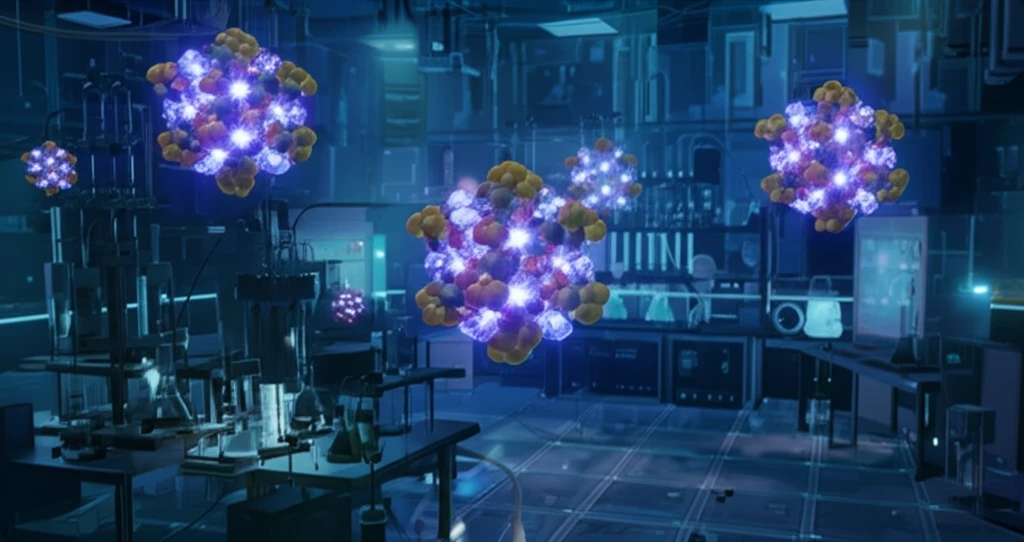
Supercharged Salts: How Zintl Superalkalis Could Revolutionize Material Science
"Unlocking the Potential of Supersalts with Zintl Building Blocks: A New Frontier in Chemical Design"
For decades, the world of chemistry has been built upon familiar foundations: alkali metals forming positive ions, halogens forming negative ones, and their combination resulting in common salts. But what if we could go beyond these ordinary components? What if we could engineer molecules that mimic these behaviors but possess enhanced capabilities? This is the exciting premise behind supersalts – a new class of materials poised to redefine our understanding of chemical interactions and material design.
At the heart of this revolution lies the concept of superatoms, clusters of atoms that collectively exhibit properties similar to individual atoms. Superalkalis, mimicking alkali metals, readily donate electrons, while superhalogens, mimicking halogens, eagerly accept them. Combining these superatoms creates supersalts, materials with potentially tunable and enhanced properties compared to traditional salts.
Recent research has focused on a particular class of superalkalis based on Zintl ions. These ions, typically composed of a central element surrounded by other metals, offer a unique platform for constructing superalkalis with tailored electronic structures and reactivity. By combining Zintl-based superalkalis with common superhalogens, scientists are paving the way for a new generation of materials with unprecedented applications.
What are Zintl Superalkalis and Why are They Important?

Zintl ions are polyatomic clusters that often feature a group 14 or 15 element (like silicon or phosphorus) bonded to more electropositive metals. These clusters have a specific electron count that leads to unique stability and reactivity. When these Zintl ions are combined with other metal atoms, they can form superalkalis – clusters that readily lose an electron, behaving similarly to alkali metals but with potentially enhanced reducing power.
- Enhanced Reactivity: Zintl superalkalis can be designed to be more reactive than traditional alkali metals, leading to stronger interactions with other molecules.
- Tunable Properties: By changing the composition of the Zintl cluster, their electronic properties can be precisely controlled.
- Novel Structures: Zintl superalkalis can form unique structures and bonding arrangements, leading to materials with novel architectures.
The Future of Supersalts: A New Era of Material Design
The research on Zintl superalkalis as building blocks for supersalts represents a significant step towards a new era of material design. By harnessing the unique properties of these superatoms, scientists can create materials with tailored functionalities, paving the way for advancements in various fields, from electronics and energy storage to catalysis and medicine. While the field is still in its early stages, the potential of supersalts is immense, promising a future where materials are designed at the atomic level to meet specific needs and challenges.
